
Jaguar-powered Lister Costin re-creation by Tempero
By Dean Larson
Photos: Seller, BringaTrailer.com
Jaguar had already proven itself as a dominating force in sports car racing in the 1950s with the immensely successful C-Type and D-Type racers, performing well at Le Mans almost every year they entered, and winning the event in 1951, 1953, 1955 and 1957. So it seems odd then, that a Jaguar-powered sports car would come onto the scene in the late 1950s looking quite removed from all successful Jags of the day. Built by a small firm called The Lister Motor Company, the cars were somewhat lumpy looking, but worthy of some of the best drivers of the day.
Brian Lister’s Lister Motor Company got its start in 1954, and was soon building dedicated sports racing cars with MG and Bristol engines. Among the key ingredients Lister included, were tubular, ladder-type chassis, de Dion rear axles and inboard drum brakes. Lister’s early cars enjoyed a small amount of success, but it was really the company’s Jaguar-powered racers that gained Lister wider notoriety. They were powered by 3.4-liter XK inline-sixes and featured curvaceous aluminum bodywork. Noting the car’s numerous curves over its mechanical components, these Jag-powered racers were commonly called Lister Knobblies.
The Knobbly was competitive enough to grab some notable trophies and an SCCA National Championship, but Lister was ready to kick things up a notch by 1959. Aeronautical engineer Frank Costin was brought in to design a new, more aerodynamic body for the Lister-Jag to improve performance on long, high-speed circuits.
Defying Lister’s telltale knobbly shape with a low frontal area, Costin designed a conventional aerodynamic shape that resulted in a larger profile. The new body was not without its critics, but the car proved competitive enough to attract some of the best drivers of the day. Stirling Moss, Walt Hansgen, Ivor Bueb and others piloted the Costin-designed Lister with some success, but the notoriously unreliable 3.0-liter version of the 3.8 (which was mandated for international competition) limited its success, along with other mechanical difficulties.
By 1960 it was clear that the front-engine Listers were loosing their edge against the up-and-coming mid-engine cars. Costin proposed a new chassis for the Lister, but the company’s racing days had come to an end. Successful Lister driver and friend of the company Archie Scott Brown was killed at Spa-Francorchamps in 1958, and driver Ivor Bueb died soon after a Formula Two crash at Charade Circuit. Lister would return several times over the years, and later introduce its own line of Lister continuation cars, and the original Listers enjoyed success in the hands of other teams and privateers beyond 1960.
Properly honoring the small-scale production of Lister in the 1960s, this Tempero-built Costin Jaguar re-creation was finished by hand by skilled craftsman in steel and aluminum. Completed in the mid-1980s, (likely during Rod’s father Errol’s time) the car is based on a tubular chassis with aluminum bodywork and a Jaguar 4.2-liter from a Series II XK6. The straight-six is fit with triple Dell’Orto DHLA 45 carburetors and puts down 164 hp and 260 lb-ft to the wheels via a five-speed transmission.
The car rolls on 15-inch Dunlop wheels with new Pirelli Cinturato tires. Four-wheel disc brakes are used, and like the original, the rears are mounted inboard. Detail work on the exterior shows a high level of finish, from the Lucas lighting, to the Le Mans filler, formed windscreen and louvered trunk. The bare-aluminum interior reflects all the correct Jaguar character, and the car is in fantastic condition in and out.
As it should be, the car was campaigned extensively in the 1990s before being returned to Tempero for refurbishment in 2002. 73,000 miles are showing on the five-digit odometer, but it’s unclear if any miles came from a donor car.
Currently the Tempero Lister has a high big of $65,000 with 7 days remaining in the sale on BringaTrailer.com.

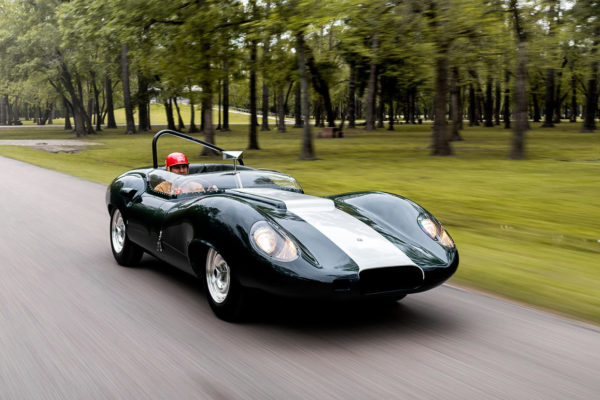
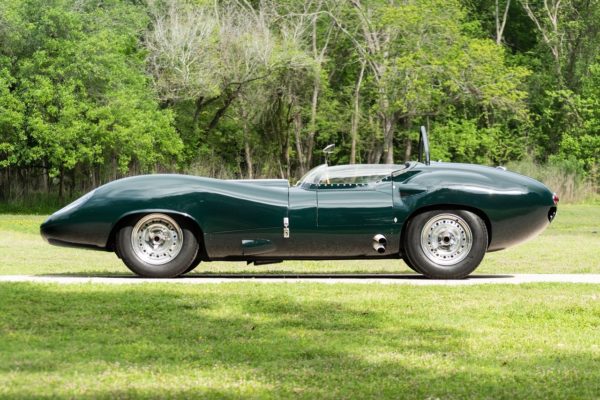
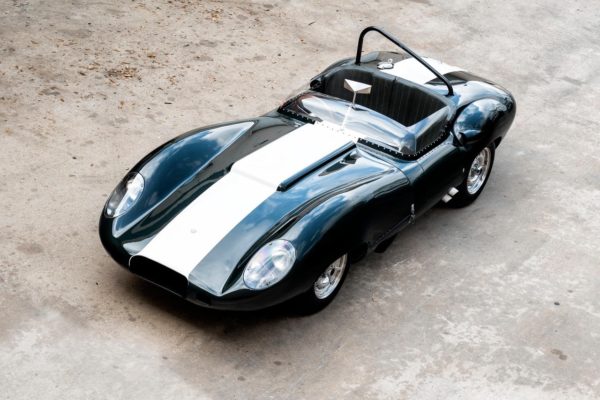
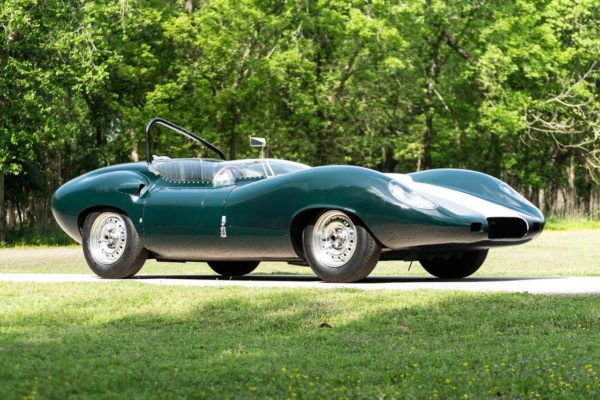
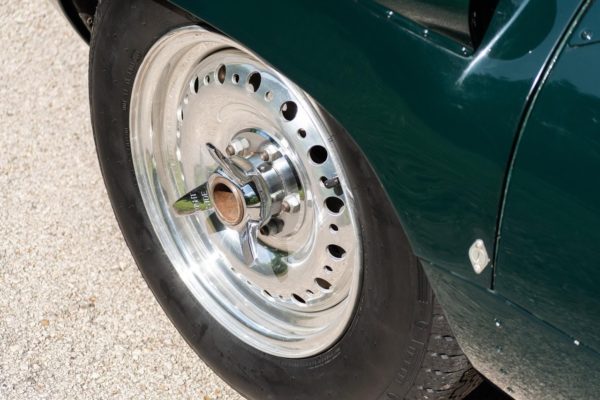
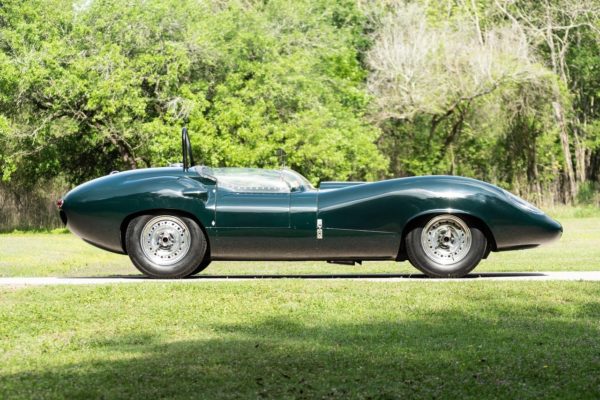
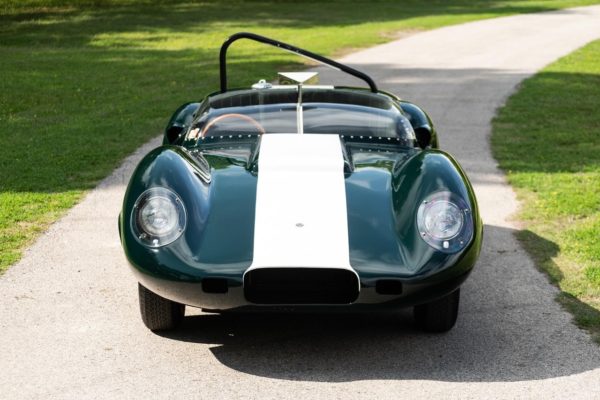
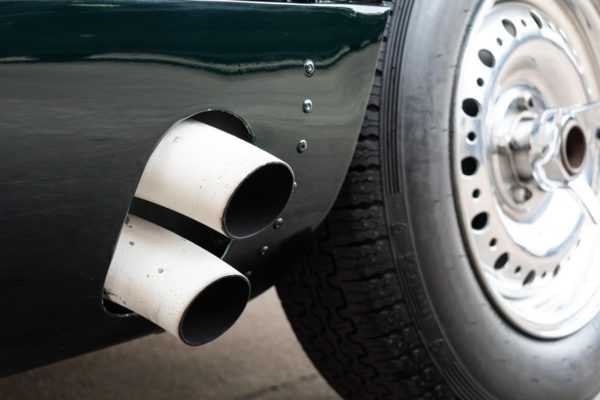
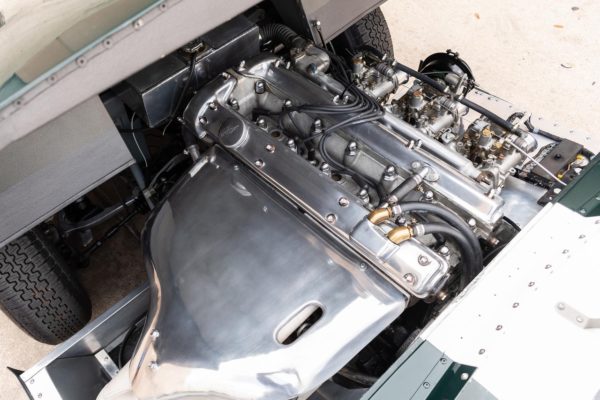
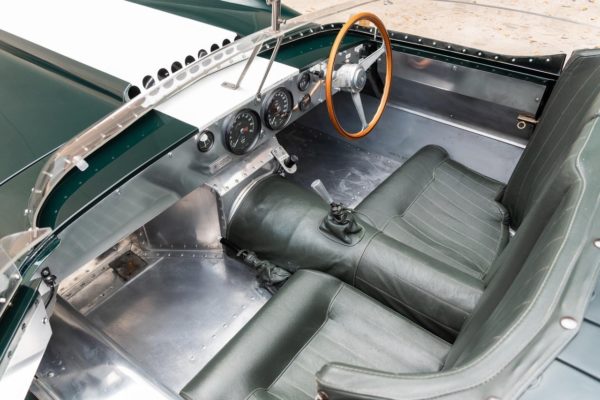
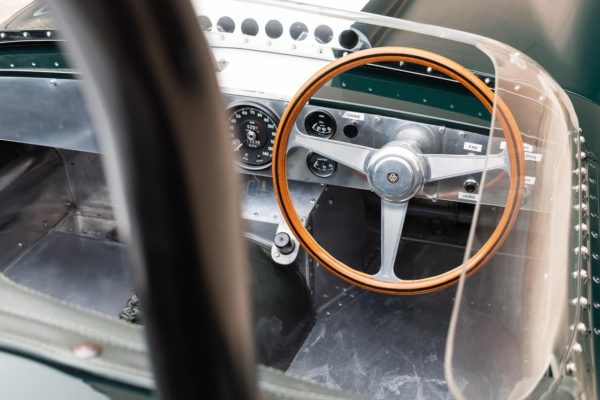
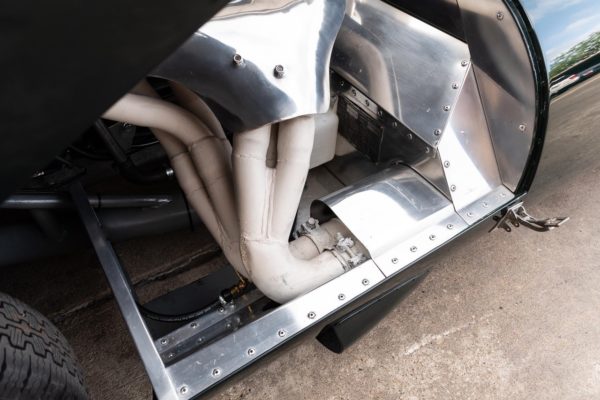
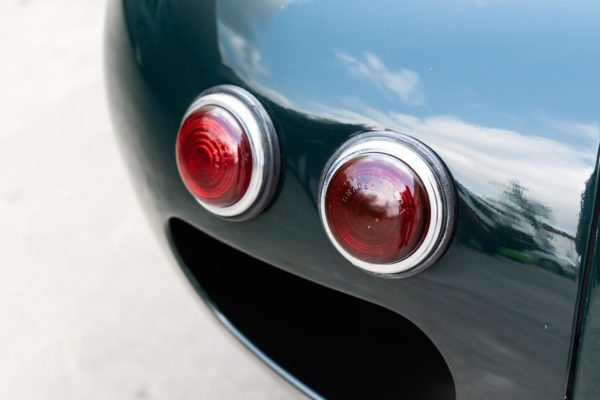
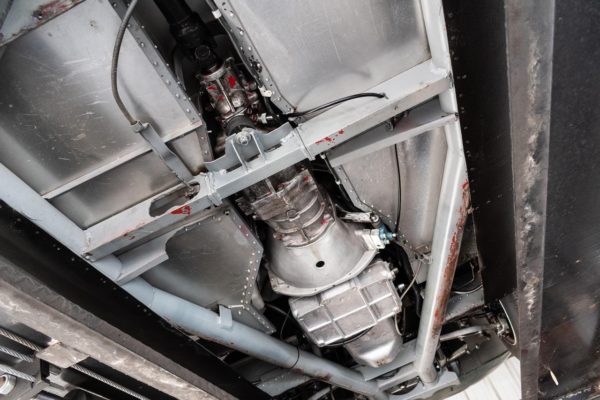
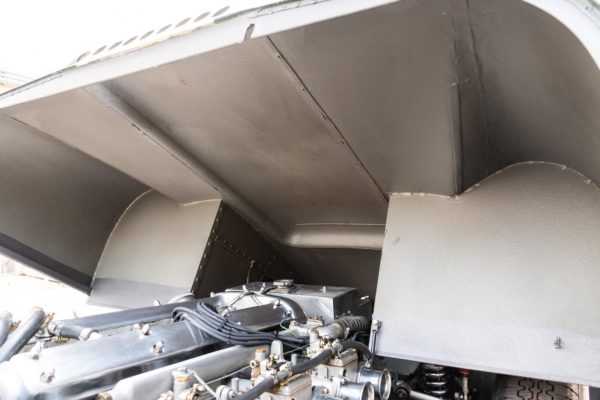
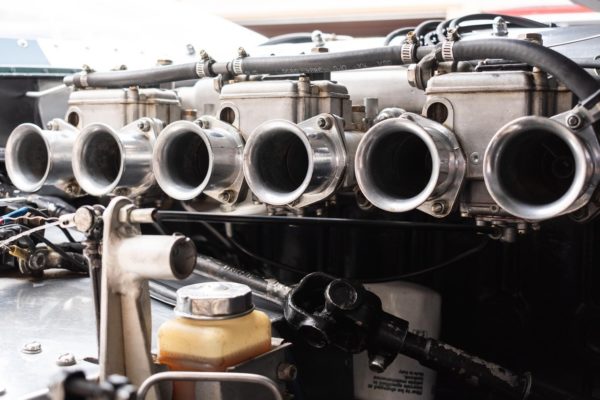
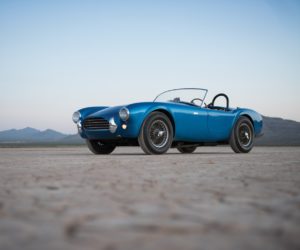
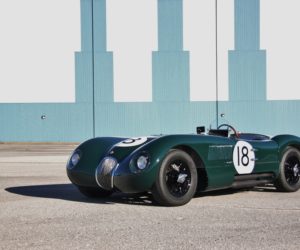
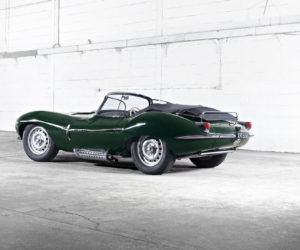
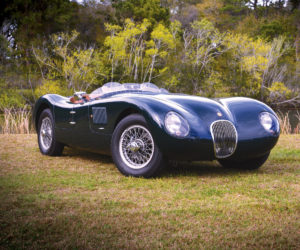
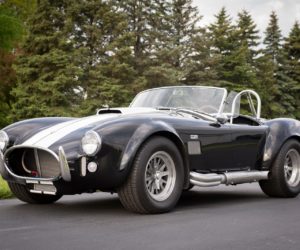
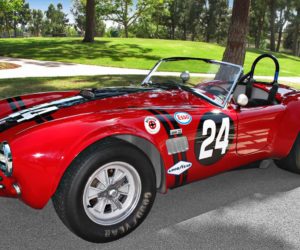




Comments for: Lister-Jag Re-creation by Tempero
comments powered by Disqus